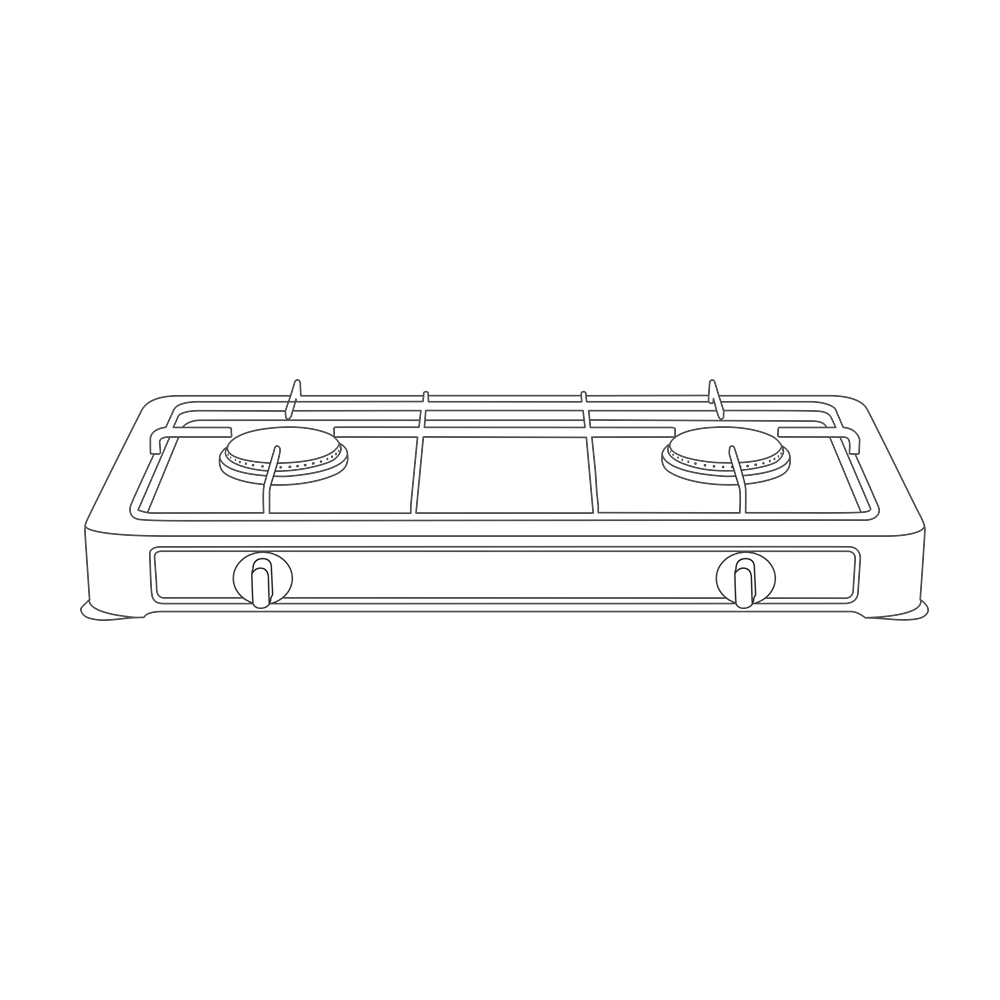How to Remove Sediment from Gas Water Heater?

Most of the United States has hard water. In fact, 85% of water supplies in the United States contain hard water. Calcium and magnesium in the water can cause calcium carbonate or limescale to build up in the water heater. In extreme cases, the sediment can become almost like gravel in a water heater.
So if you've never flushed your water heater, there may be sediment in it.
You can tell if you have mineral deposits or deposits in your water heater by listening.
If you hear it knocking or crashing, it means the sediment at the bottom of the tank has hardened. The sound will indicate that your water heater is working harder. This means you are using more natural gas to heat the water.
The second indicator can be found by tapping on the outside of the water heater. The sound of the water heater tank up and down should be the same. What if the bottom and top sounds are different? Then it could be due to sediment in the tank.
Other signs of deposits in a water heater include:
No hot water
Water temperature fluctuations
Your hot water looks rusted
Water takes a long time to heat up
Water heater deposits may look like fine-grained sand or gravel.
How do I flush a water heater to remove deposits?
Flushing your water heater to remove deposits is an easy process, but it's the part of water heater maintenance that too many homeowners ignore. We recommend making it part of your fall home maintenance checklist.
Time required: 3 hours.
How to flush sediments in a water heater?
1. Turn off the water heater.
Turn the thermostat knob to the off position. Your water heater may also have a setting that says "pilot".
2. Turn off the gas valve of the water heater.
As an extra safety measure, turn off the gas completely. You can find the valve on the gas line going to the water heater
3. Turn off the cold water tap.
The cold water valve is usually located at the top of the water heater and looks like a regular outdoor faucet.
4. Open the relief valve.
Opening the relief valve can help the water flow more easily when draining. Be careful as this water will be very hot.
5. Let the water in the tank cool before continuing.
Depending on the size of the tank, this may take 2-3 hours.
6. Enter your home and turn on the hot water to drain the pipes.
Turn on the hot water at two points, such as sinks and tubs. This will prevent a vacuum from forming in the waterline when the tank is emptied.
7. Connect the hose to the drain valve on the tank.
You'll find the drain valve on the side of the tank. Connect the hose to the tank. Then make sure the other end of the hose leads out. If your tank is in the basement, you may need a large bucket and a portable pump to get the water outside.
8. Open the drain valve faucet and drain the tank.
Drain the tank until the water is clear. If you regularly drain sediment from the tank, you may only need to drain 1/4 to 1/2 of the tank.
9. Rinse the tank with cold water.
If you have a lot of sediment, you may need to completely drain the tank and rinse the tank with cold water to remove all sediment. To flush the tank, open the cold water faucet and let cold water enter the tank. Let it run for a few minutes until only clean water comes out of the drain hose.
10. After the sediment has drained, return everything to normal settings.
Close the drain valve and remove the hose. If you have the relief valve open, close it. Turn off the faucet you run in the house. Then turn on the cold water tap and let the tank refill with water.
11. Turn the water heater thermostat to the 120°C settings and relight the indicator light.
12. Test hot water after 12.30 minutes.
If flushing your water heater seems beyond your skills (or just something you don't want to do), you can contact a local plumber to perform this task for you.
Maintaining your gas water heater can help keep your water heater running properly. Maintenance can help you avoid high gas bills.
Water heater maintenance should be a must-know for anyone who owns a natural gas water heater. After all, if properly maintained, the energy saved by this appliance in your home is well worth it.
If you still have questions or want to buy a gas water heater, please contact us.
Greaidea is a leading custom kitchen appliances manufacturer. Founded in 2000, the past 20+ years have witnessed tremendous opportunities in our products, R&D, quality levels, and services. In order to meet the growing marketing needs, we are equipped with 6 assembly lines for gas stoves and range hoods, and 3 assembly lines for gas water heaters.












